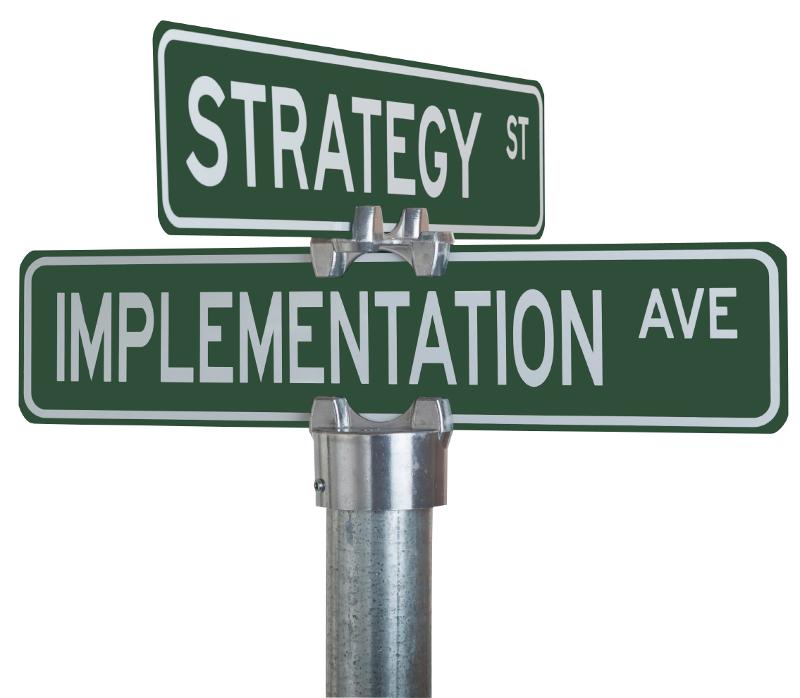INTRODUCTION
A Great Business Strategy Without the Ability to Execute is Mostly Wishful Thinking…On the other hand, execution without a strategy can be mostly noise.
REQUISITES
For the CEO or owner leading a business, it is vital to have both a sound strategy and a solid plan to execute. However, it is only the start. Communicating key elements of the strategy is critical. Most leaders believe that they are very effective communicators when the stark reality is sometimes otherwise. In their minds, they have effectively communicated because they have sent the message in a variety of ways.
THE FOCUS OF THE MESSAGE
Sending the message is critical. However, reception of the message is really the most important part of the process. The focus of the communication should not be on the sender but on the receiver. If the focus is on the leader or the sender, then it may well be about the format or style or the vehicle such as a bulletin board or email or even a presentation in a group meeting.
While it is important for the message to be sent well, it still does not focus on the effectiveness of the communication. The most important part is what did the receiver understand, not what was sent. Understanding can be translated to action consistent with the message received. The only effective way to know what the other person understood is to check with the recipient. It is important not to focus on what was communicated, but what actions will the recipient take as a result of the communication. Sometimes this is referred to as active listening, but that is generally limited to a two-way conversation. The leader needs to test the understanding frequently and widely.
COMMUNICATIONS IS THE PROCESS OF ENSURING UNDERSTANDING
If the focus of the CEO or owner is on ensuring understanding, the likelihood of right actions by the receiver is far more likely. When the message is one of Values, Principles, and Priorities, the likelihood of team members doing things in ways which contribute to the overall business success that go beyond the specifics is also far more likely.
COMMUNICATING PRIORITIES
If poor communication can occur because of focusing on the sender rather than the receiver, a more destructive way of communicating is to inadvertently to communicate false priorities. This is not necessarily an integrity issue as much as a priority issue. Priorities are not communicated by what we say as much as they are communicated by where we visibly spend our time. For example, if we say that customers are our number one priority, but the CEO or owner does not spend time with customers or does not talk about customers frequently, then he or she communicates that meetings or reports or the board of directors is more important.
A second miscommunication of priorities that can occur is for the leader to overlook or not address the key priorities by seeming to focus on other things. An example would be that we say that safety is important and then inadvertently walk by an oil spill on the warehouse floor while on our way to a meeting or to address a productivity issue. In this instance, we clearly communicate to the workers around that safety is not important. Not only that, but because we said it was important and we did nothing, we have also communicated that the other things we say may not true.
ENSURING BUSINESS SUCCESS
Ensuring the success of a business takes a good strategy and strong execution. Strong execution requires effective communication. When someone does something other than what was expected, you may want to revisit whether or not the message was received and is the priority communicated by our role modeling with the time and emphasis.
PIVOT TOWARD THE FUTURE
Business Value Growth is dependent on the shift from primary reliance on past knowledge and aging practices, to a forward-facing perspective with a clear view of evolving business environment and best-practices aligned with conditions in today’s marketplace.


